Prague - Historic centre
Each part of the capital city of the Czech Republic: Malá Strana, Hradcany, The
Old and New Towns, were built from the 10th century onwards. As well as Prague
Castle with its Cathedral of St. Vitus and Charles Bridge, a number of churches
and palaces were also built here, and together they combine to create a
magnificent architecturally, artistically and spiritually wealthy whole.
Ceský Krumlov - Historic centre
This town was built on a meandering bend in the River Vltava around the
originally gothic castle from the 13th century. Despite the passage of time, the
town together with the castle complex and chateau have retained its exemplary
mediaeval Central European character with intact architectural wealth for more
than five centuries.
Telc - Historic centre
The town was built on the foundations of an earlier settlement following a large
fire at the end of the 14th century; its heyday was during the period of the
Lords of Hradec. Its renaissance and baroque burghers' houses are surrounded by
a protective system of ponds. The gothic castle was rebuilt in the renaissance
style at the end of the 16th century.
Zdár nad Sázavou - Zelená Hora (Green Hill)
Pilgrimage Church of St. Jan Nepomuk
The Pilgrimage Church, built in honour of St. John Nepomuk was built in the
early 1720's. It is the finest example of the work of the architect Jan Blazej
Santini-Aichl, and is the most original example of a style that lies between
Baroque and Gothic. It is built in a five-pointed star-shaped design and is
surrounded by a cemetery and walkway.
Lednice / Valtice
Between the 17th and 20th centuries, the ruling dukes of Liechtenstein
transformed their domains into one large park, where the Baroque and neo-Gothic
architecture of the castles meet with the small outbuildings in the Romantic
style and the countryside fashioned according to the English principles of
landscaping.
Kutná Hora - Historical centre
Saint Barbara Church, Cathedral of Our Lady at Sedlec
This important royal city developed from the 14th century as a result of the
exploitation of silver mines. The late Gothic Saint Barbara Church and the
Cathedral of Our Lady at Sedlec, rebuilt in line with the Baroque taste in the
early 18th century, form just part of the mediaeval urban fabric with a striking
wealth of burghers' houses.
Holasovice - Village reservation
Holasovice is an exceptionally well-preserved example of a traditional Central
European village. A number of high-quality village buildings from the 18th and
19th centuries in a style known as the "South Bohemian Folk Baroque" preserve a
ground plan dating from the middle ages.
Kromeríz - Gardens and Castle
The Castle, rebuilt following fires in the 18th century, represents an
exceptionally well-preserved example of a Central European Baroque princely
residence and the associated gardens: Castle garden with park, naturally
landscaped, and a late Renaissance Flower garden.
Litomysl - Castle and castle grounds
The Renaissance castle, dating from the second half of the 16th century, is an
important example of an arcade-castle, which was first developed in Italy.
Despite alterations to the interior at the end of the 18th century, it has
retained its almost intact Renaissance features including the unique sgrafittoed
decorations on the façades and gables. It also retains a number of ancillary
buildings and gardens.
Olomouc - Holy Trinity Column
This memorial column, erected in the early years of the 18th century, is the
most outstanding example of a type of monument that is very typical of central
Europe. Rising to a height of 35m, it is decorated in the characteristic
regional style known as Olomouc Baroque with many fine religious sculptures, the
work of the distinguished Moravian artist Ondrej Zahner.
|
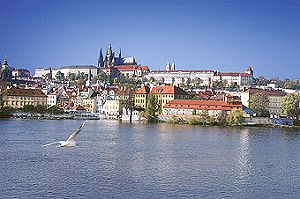
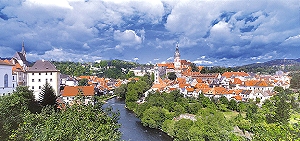
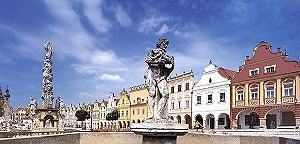
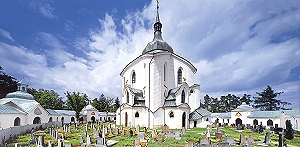
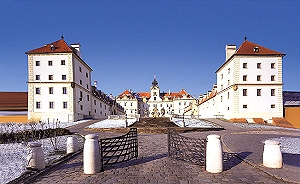
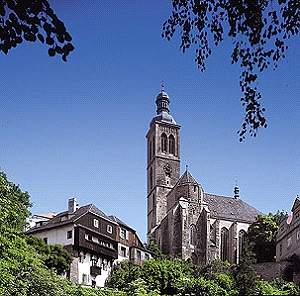
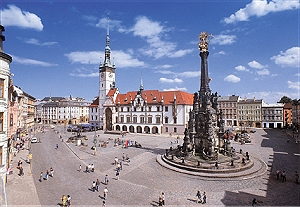
|


